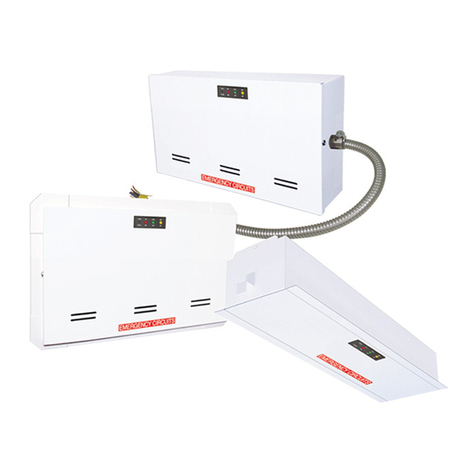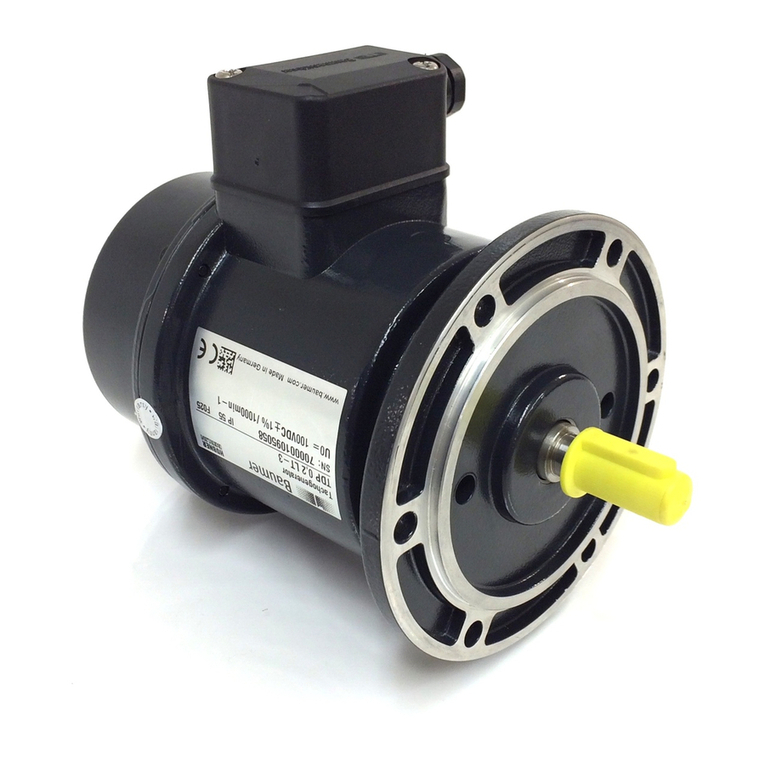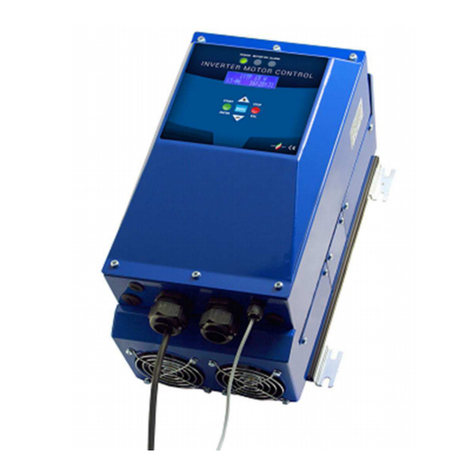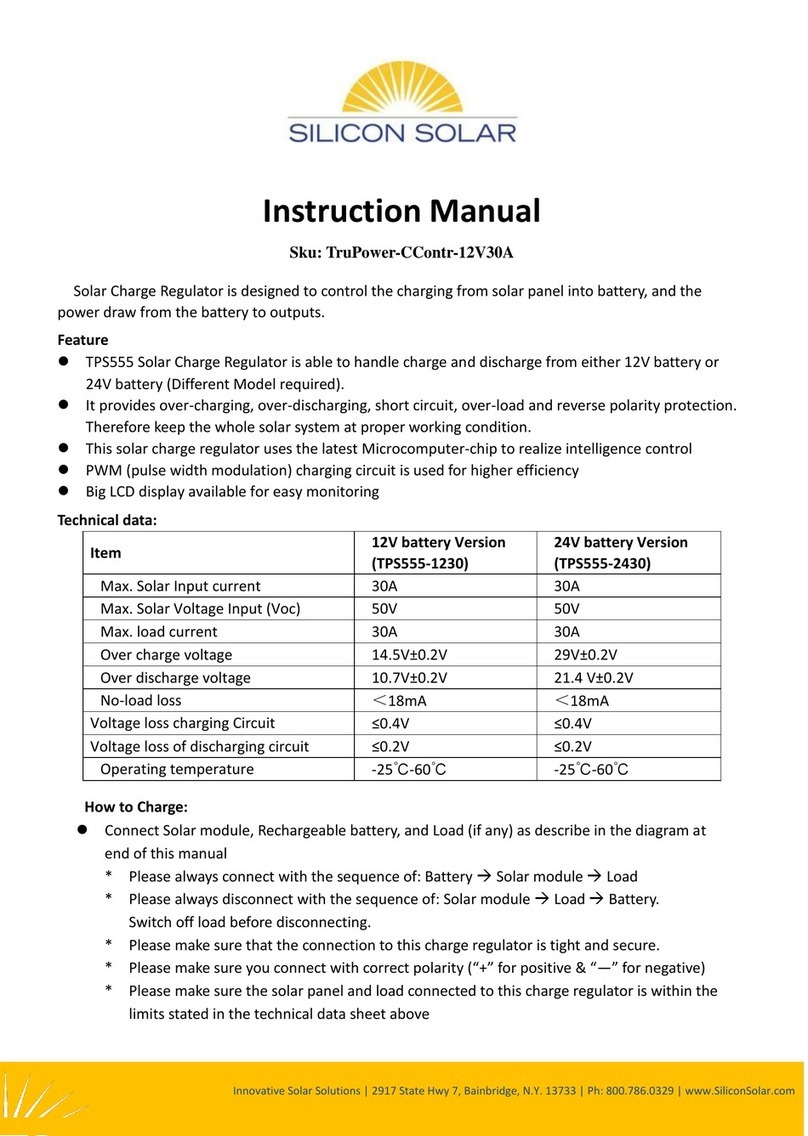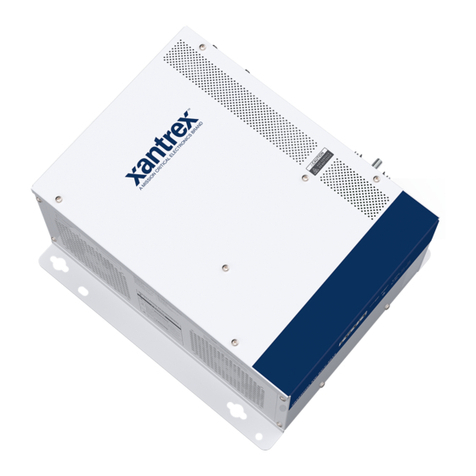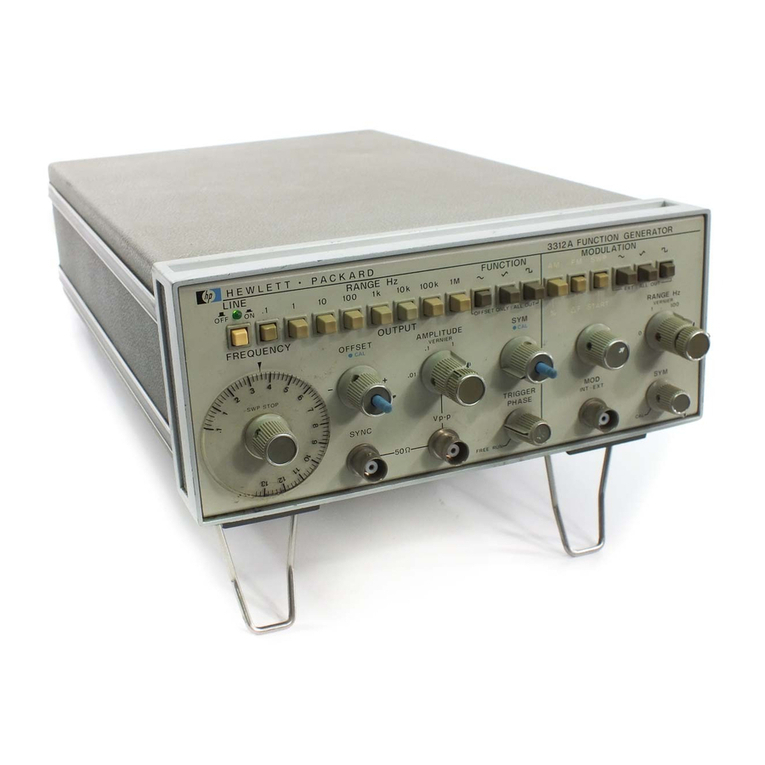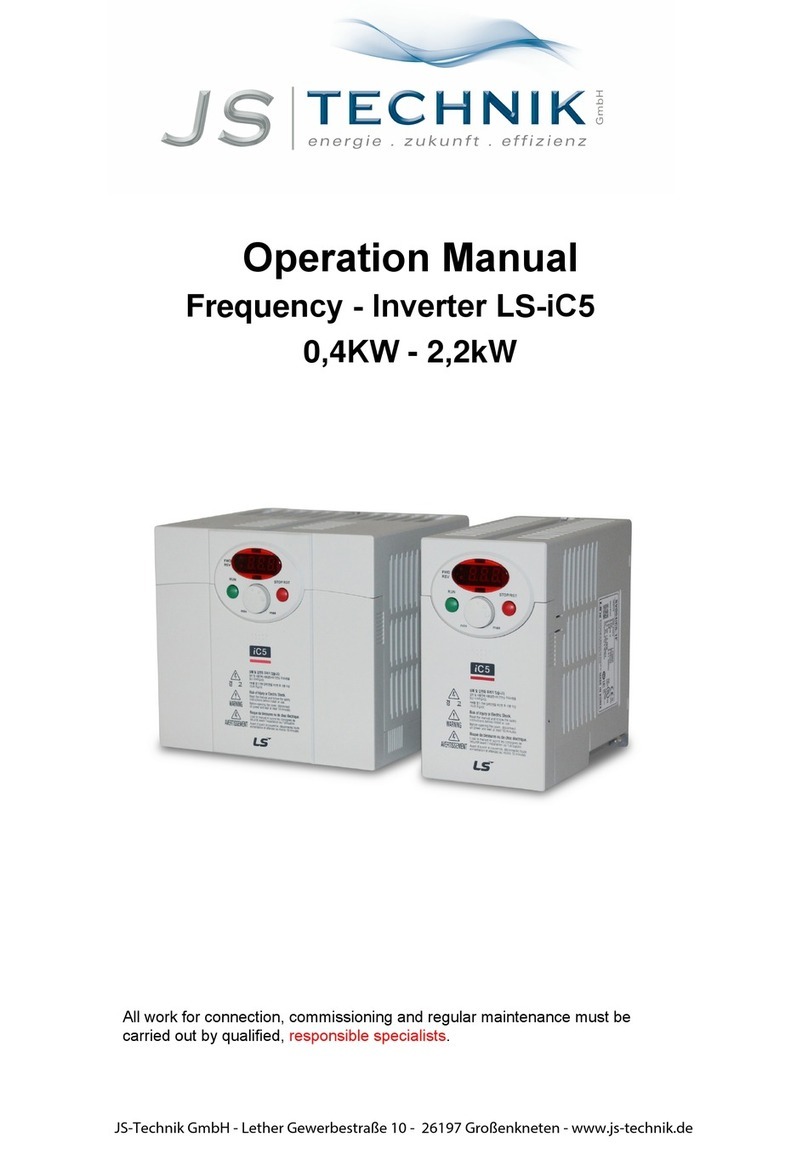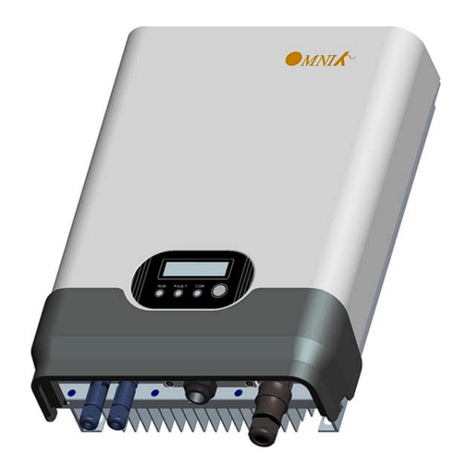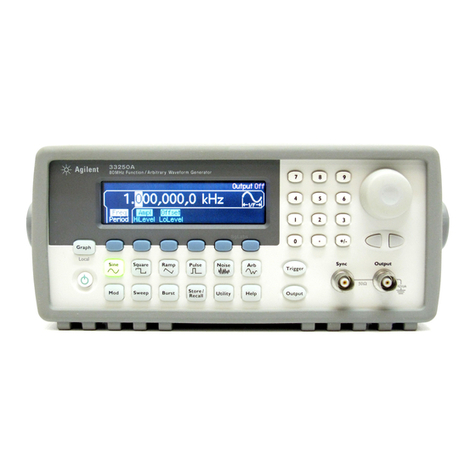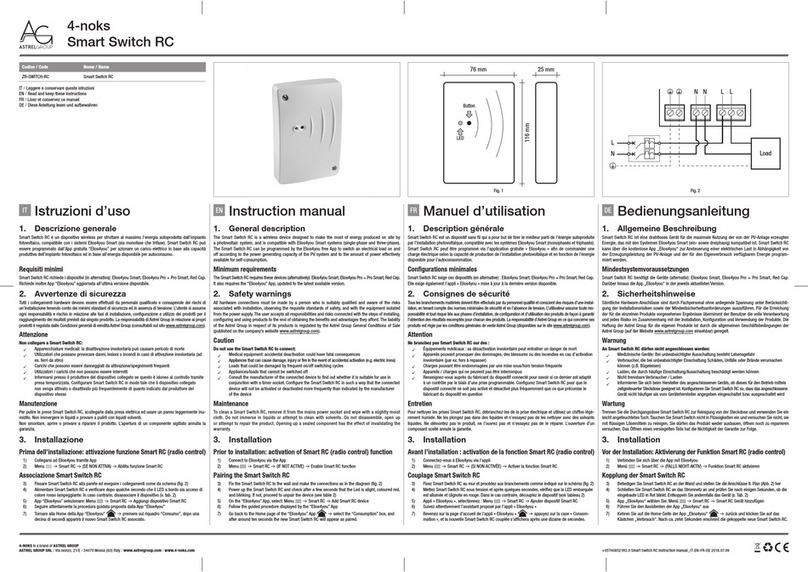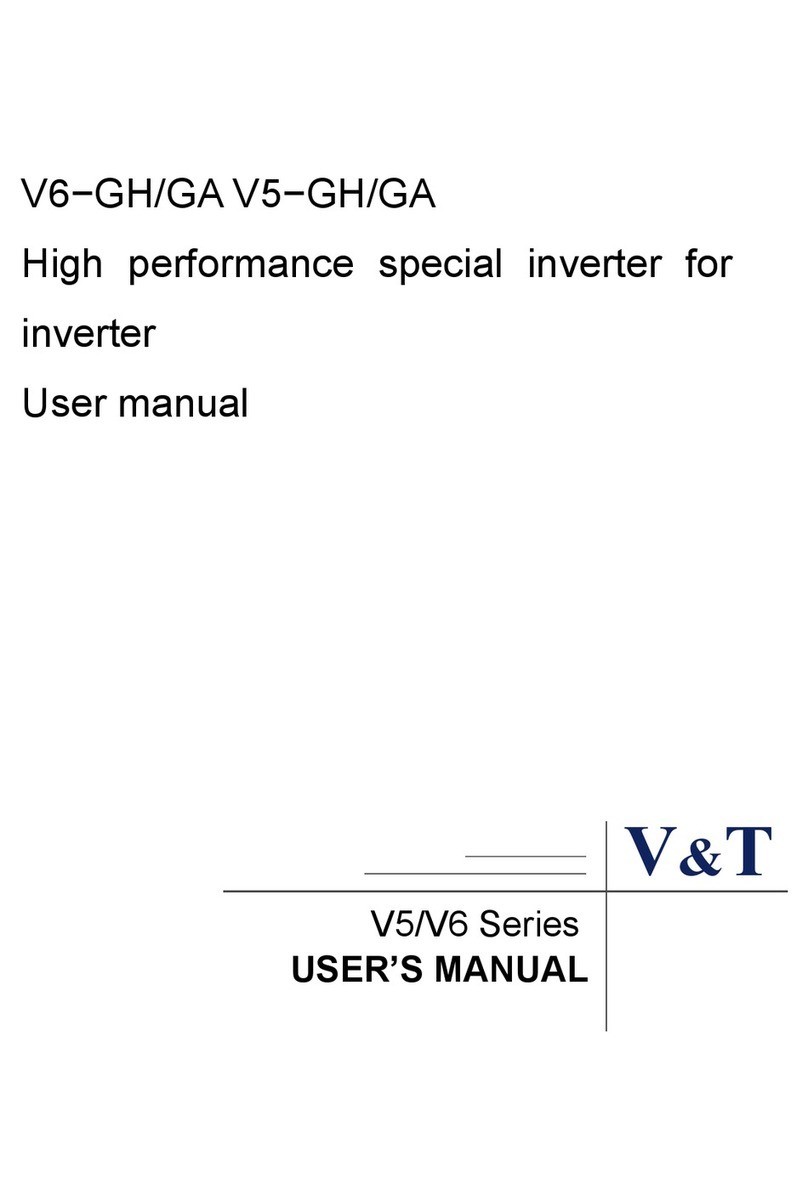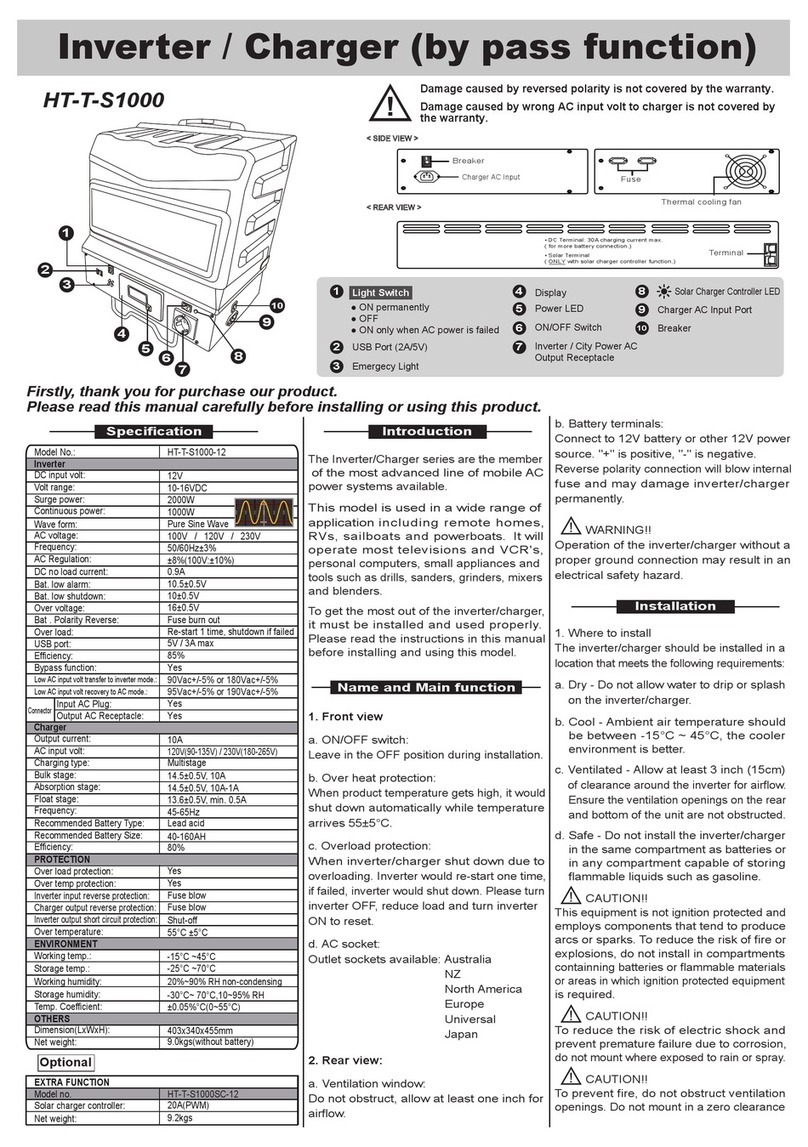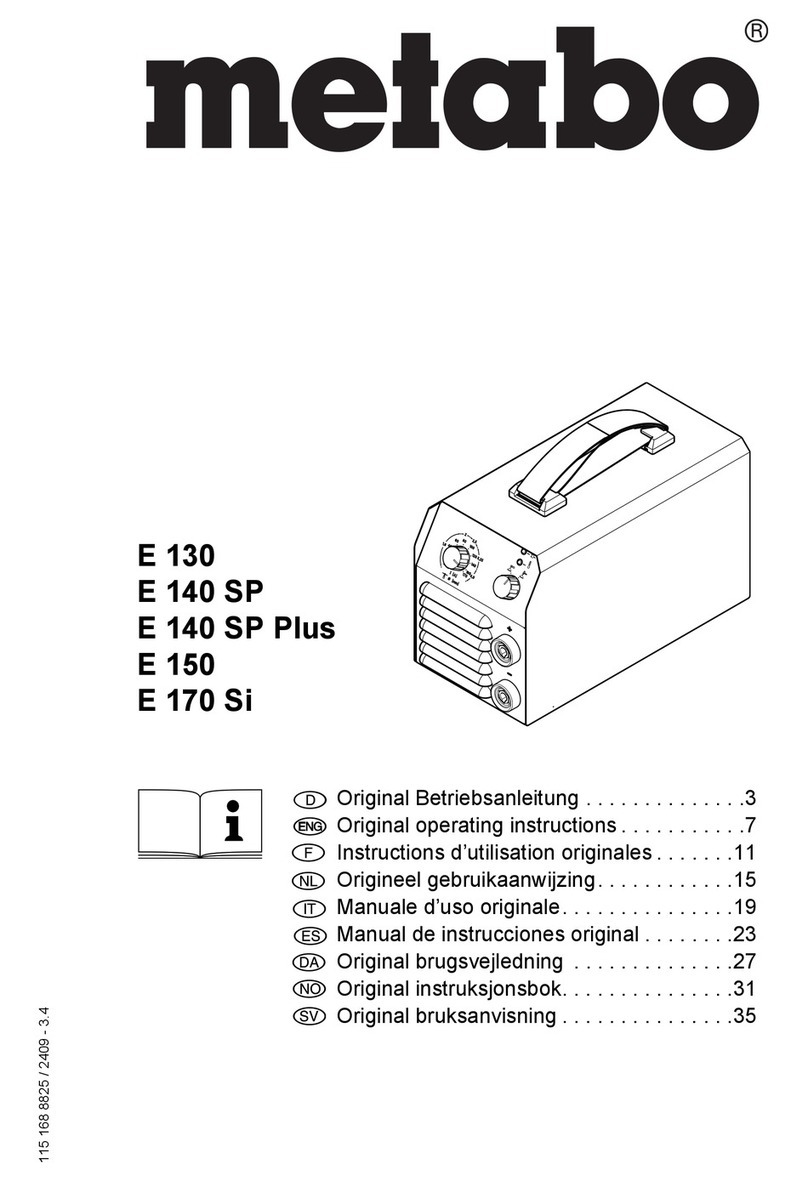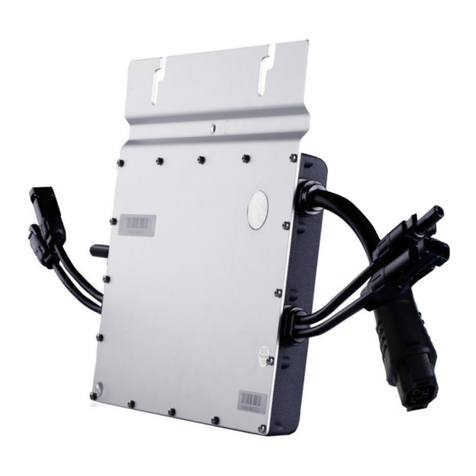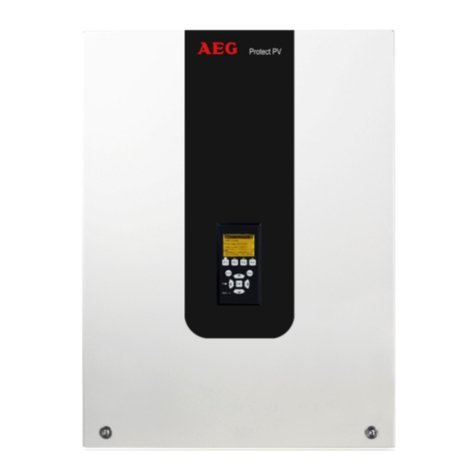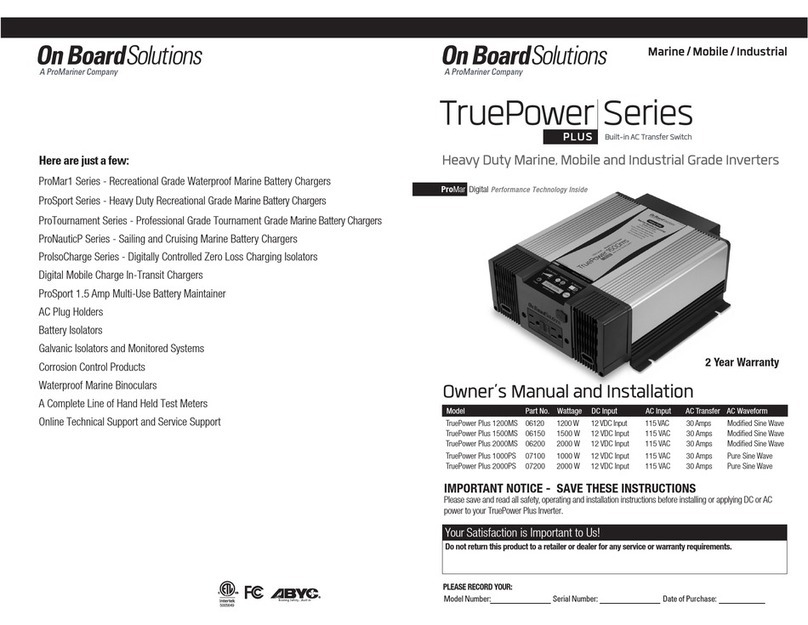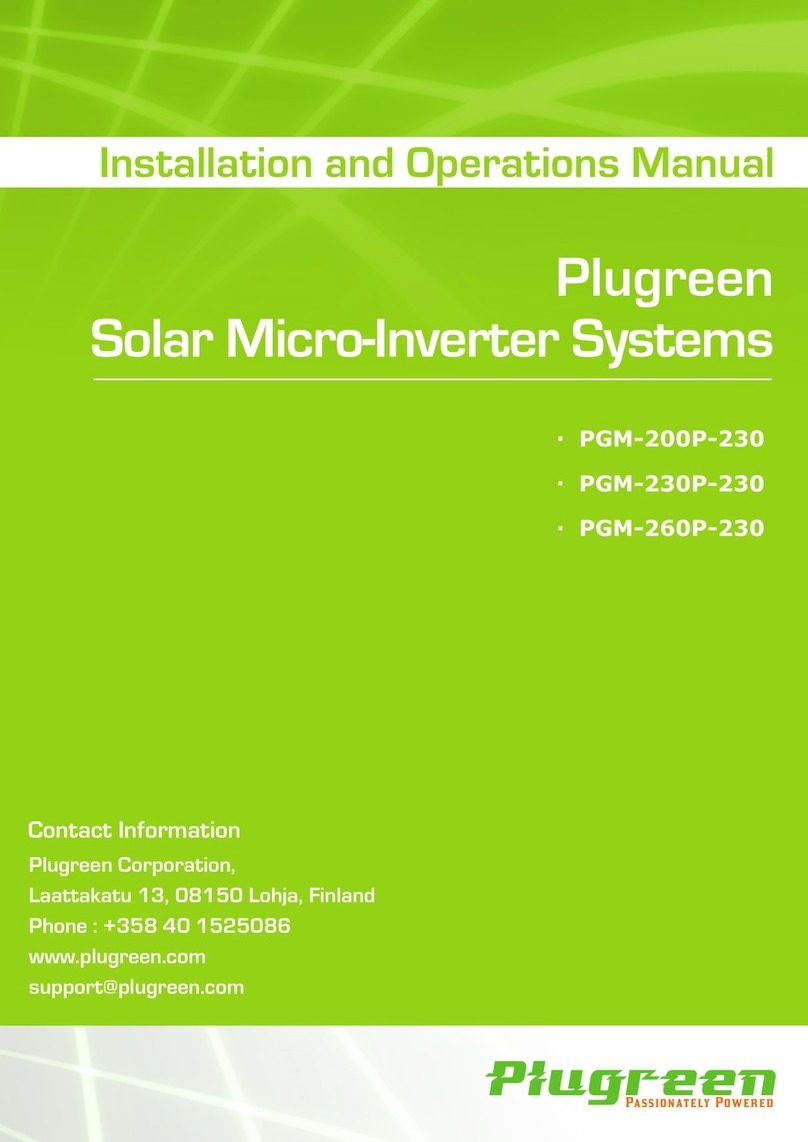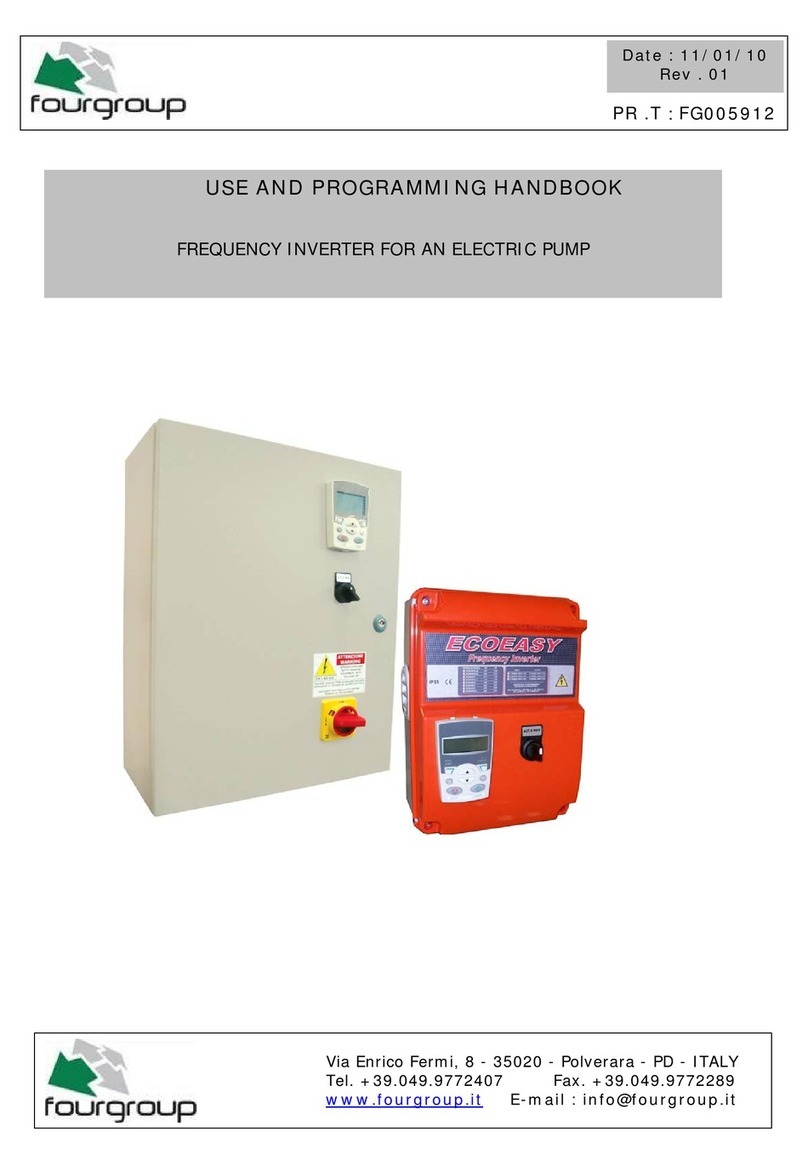
v
Table of Contents
CHAPTER 1 - BASIC INFORMATION .................................................................................................. 1-1
1.1 INSPECTION .............................................................................................................................................. 1-1
1.2 BASIC CONFIGURATION ........................................................................................................................... 1-2
CHAPTER 2 - SPECIFICATION ............................................................................................................. 2-1
2.1 200~230V CLASS (5.5~30KW/7.5~40HP).............................................................................................. 2-1
2.2 380~480V CLASS (5.5~30KW/7.5~40HP).............................................................................................. 2-1
2.3 380 ~480V CLASS (37~90KW/50~125HP) ............................................................................................ 2-2
2.4 380 ~480V CLASS (110~450KW/150~600HP) ...................................................................................... 2-2
2.5 DIMENSIONS.............................................................................................................................................. 2-5
CHAPTER 3 - INSTALLATION .............................................................................................................. 3-1
3.1 INSTALLATION PRECAUTIONS ................................................................................................................. 3-1
3.2 WIRING ..................................................................................................................................................... 3-3
CHAPTER 4 - OPERATION..................................................................................................................... 4-1
4.1 PROGRAMMING KEYPADS ....................................................................................................................... 4-1
1.1 SET............................................................................................................................................................ 4-2
4.2 OPERATING EXAMPLE ............................................................................................................................. 4-6
4.3 VARIOUS FUNCTION SETTING &DESCRIPTION.................................................................................... 4-11
4.4 OPERATION EXAMPLE ........................................................................................................................... 4-17
CHAPTER 5 - PARAMETER LIST ......................................................................................................... 5-1
5.1 PARAMETER GROUPS ............................................................................................................................... 5-1
5.2 PARAMETER LIST ..................................................................................................................................... 5-2
CHAPTER 6 - PARAMETER DESCRIPTION....................................................................................... 6-1
6.1 DRIVE GROUP [DRV] ............................................................................................................................... 6-1
6.2 FUNCTION 1GROUP [FU1] .................................................................................................................... 6-10
6.3 FUNCTION 2GROUP [FU2] .................................................................................................................... 6-24
6.4 INPUT/OUTPUT GROUP [I/O] ................................................................................................................. 6-37
6.5 APPLICATION GROUP [APP] .................................................................................................................. 6-56
CHAPTER 7 - TROUBLESHOOTING & MAINTENANCE................................................................ 7-1
7.1 FAULT DISPLAY........................................................................................................................................ 7-1
FAULT REMEDY.............................................................................................................................................. 7-3
7.2 TROUBLESHOOTING ................................................................................................................................. 7-5
7.3 HOW TO CHECK POWER COMPONENTS ................................................................................................. 7-6
7.4 MAINTENANCE ......................................................................................................................................... 7-8
CHAPTER 8 - OPTIONS ........................................................................................................................... 8-1
8.1 OPTION LIST ............................................................................................................................................. 8-1
8.2 EXTERNAL OPTIONS ................................................................................................................................. 8-2
CHAPTER 9 - RS485 COMMUNICATION ............................................................................................ 9-1
9.1 INTRODUCTION......................................................................................................................................... 9-1
9.2 SPECIFICATION......................................................................................................................................... 9-2
9.3 OPERATION............................................................................................................................................... 9-3
9.4 COMMUNICATION PROTOCOL (RS485) .................................................................................................. 9-4
